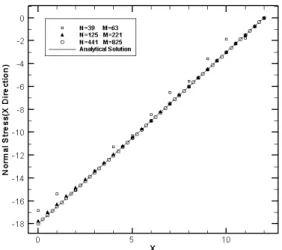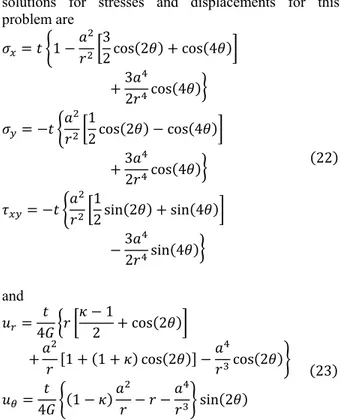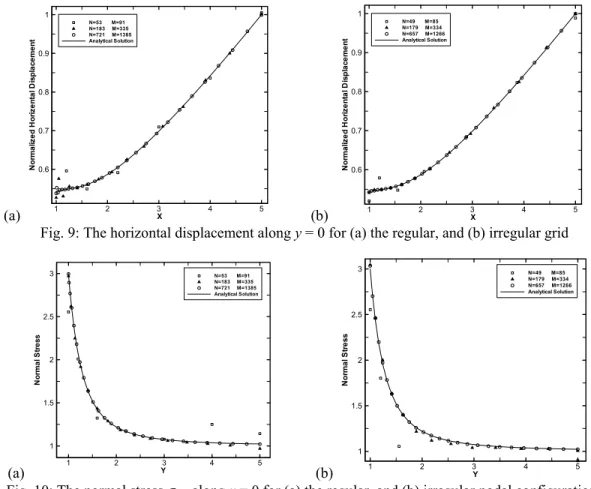Collocation Discrete Least Square (CDLS) Method for Elasticity Problems and Grid Irregularity Effect Assessment
Texto
Imagem




Documentos relacionados
The results are compared with the corresponding so- lutions obtained using the standard meshless finite volume method and el- ement free Galerkin method in order to highlight
On a user perspective, the main features available on this software are: construction of master curves; collocation method and least squares method to fit Prony
three it is proposed a new approach to estimating the covariance matrix of the least square (henceforth LS) estimator in a linear regression model..
In this paper, we extend the studies presented in [16–18] considering a primal Stabilized Hybrid Discontinuous Galerkin (SHDG) method, for the nearly incompressible linear
In this paper, static and dynamic analysis of functionally graded skew plates based on three di- mensional elasticity and graded finite element method is investigated.. For the
The proposed method is based in the Moving Least Square Approximation (MLSA) and is capable of overcoming singularity problems, in the global shape functions, resulting from
In this paper, we propose a new sequential linear programming algorithm for solving con- strained nonlinear programming problems, and apply this method to the solution of
[r]
